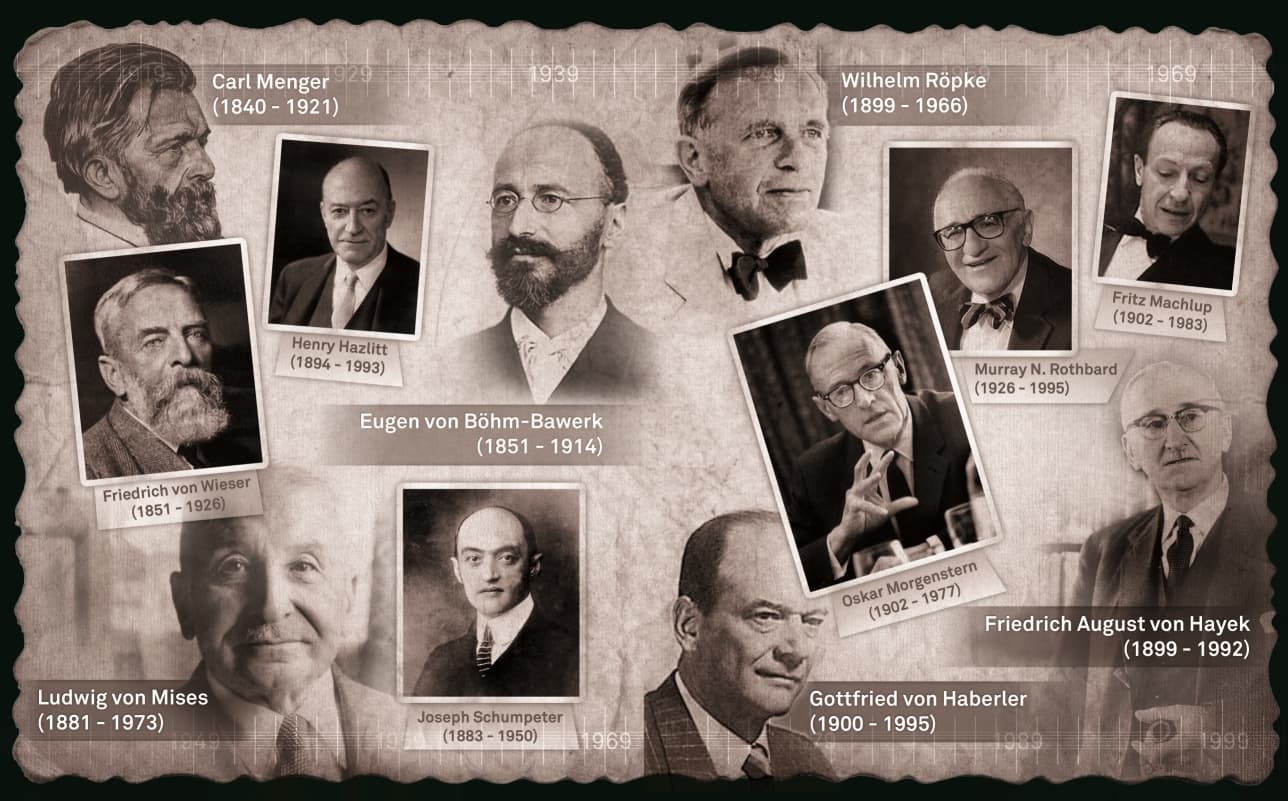Managing teams with members from different generations can be tricky. Each age group has its own ideas about work. Bosses need to find ways to get everyone to work well together. Good leaders use strategies that respect all age groups and help teams work better.
Companies today often have workers from several generations. This mix can lead to new ideas but also cause problems. Managers must learn how to handle these mixed teams. They need to use methods that work for all ages.
Bosses who do well with mixed-age teams focus on what each person can do best. They help team members learn from each other. This makes the whole team stronger. It also helps the company do better work.
Key Takeaways
- Mixed-age teams need leaders who understand each generation’s strengths
- Good communication helps all team members work well together
- Training programs should fit the needs of workers from different age groups
Understanding Generational Diversity
Different generations bring unique perspectives and skills to the workplace. Age diversity can lead to better problem-solving and innovation when managed well.
Characteristics of Each Generation
The Silent Generation (born 1925-1945) values hard work and respect for authority. They prefer formal communication and face-to-face meetings.
Baby Boomers (born 1946-1964) are competitive and goal-oriented. They like recognition and may struggle with work-life balance.
Generation X (born 1965-1980) is independent and adaptable. They value work-life balance and prefer direct communication.
Millennials (born 1981-1996) are tech-savvy and value meaningful work. They seek frequent feedback and opportunities for growth.
Generation Z (born 1997-2012) is digital-native and entrepreneurial. They prioritize diversity and social causes in the workplace.
Benefits of Age Diversity in the Workplace
Age diversity brings varied perspectives to teams. This can lead to more creative solutions and better decision-making.
Older workers often bring valuable experience and industry knowledge. Younger employees may offer fresh ideas and tech skills.
Diverse teams can better serve a wide range of customers. They understand different age groups’ needs and preferences.
Multigenerational workplaces foster knowledge sharing. Mentoring programs can help transfer skills between generations.
Age diversity can improve employee retention. Workers of all ages feel valued and included in a diverse environment.
Challenges of Managing a Multigenerational Workforce
Managing teams with diverse age groups brings unique obstacles. These range from communication issues to deeply ingrained biases that can hinder collaboration and productivity.
Communication Barriers
Different generations often have distinct communication styles and preferences. Older workers may favor face-to-face meetings or phone calls. Younger employees might prefer instant messaging or video chats.
This gap can lead to misunderstandings and missed information. A manager might send an important email, but a younger team member may not check their inbox regularly. Or an older worker might feel left out of crucial discussions happening on digital platforms.
To bridge this divide, leaders can implement varied communication channels. They should also train staff on using different tools effectively.
Generational Stereotypes and Assumptions
Preconceived notions about different age groups can create tension in multigenerational teams. Common stereotypes include:
- Baby Boomers are resistant to change
- Gen X is cynical and independent
- Millennials are entitled and tech-obsessed
- Gen Z lacks face-to-face social skills
These assumptions can lead to unfair treatment and missed opportunities. A manager might overlook an older worker for a tech project, assuming they won’t adapt quickly.
To combat this, companies should focus on individual strengths rather than generational labels. Team-building exercises that highlight diverse skills can help break down these barriers.
Unconscious Bias and Ageism
Unconscious bias and ageism can significantly impact workplace dynamics. Older workers might face assumptions about their ability to learn new skills. Younger employees may be seen as inexperienced or immature.
These biases can affect hiring decisions, promotions, and daily interactions. An older worker might be passed over for training opportunities. A younger employee’s ideas might be dismissed without consideration.
To address this, companies should provide bias training and create mentorship programs that pair different generations. Regular assessments of company policies can also help identify and eliminate age-related discrimination.

Strategies for Effective Multigenerational Team Management
Managing diverse teams requires a mix of approaches. Leaders need to create an open environment, adjust their style, and set clear goals.
Fostering an Inclusive Culture
Effective multigenerational teams thrive on inclusivity. Leaders should create spaces where all age groups feel valued and heard.
Team-building activities can help break down barriers. These might include:
- Cross-generational mentoring programs
- Diverse project teams
- Regular team lunches or outings
It’s crucial to respect different communication styles. Some may prefer face-to-face chats, while others like email or messaging apps.
Leaders should address age-related biases head-on. Training on generational differences can increase understanding and empathy among team members.
Tailoring Leadership and Management Approaches
Managers of multigenerational teams need to adapt their style. A one-size-fits-all approach won’t work.
For older workers, respect their experience and seek their input. Younger team members often value autonomy and frequent feedback.
Consider these tactics:
- Flexible work arrangements
- Varied communication methods
- Personalized development plans
Leaders should focus on individual strengths rather than age. This helps build trust and improves team performance.
Setting Clear Team Objectives and Expectations
Clear goals unite multigenerational teams. Everyone should understand their role and how it fits into the bigger picture.
Use these strategies:
- Set SMART goals (Specific, Measurable, Achievable, Relevant, Time-bound)
- Create a shared team vision
- Establish clear performance metrics
Regular check-ins help ensure everyone stays on track. These meetings can address concerns and celebrate successes.
Effective managers make sure all team members feel their work is valued. This boosts morale and productivity across generations.
Communication Practices for Team Cohesion
Building strong communication practices is key for multigenerational team cohesion. Effective strategies include using the right mix of technologies and developing a shared language across age groups.
Choosing the Right Communication Technologies
Teams with members from different generations need to use a mix of communication tools. Older workers may prefer phone calls or in-person meetings. Younger staff often like instant messaging or video chats.
Effective teamwork requires finding the right balance. A good approach is to use:
- Email for formal updates
- Chat apps for quick questions
- Video calls for team meetings
- In-person sessions for deep discussions
Leaders should get input from all age groups when picking tools. They must also train everyone on how to use the chosen technologies.
Developing a Shared Language
Different generations often use distinct terms and phrases at work. This can lead to confusion and conflict. Creating a shared team language helps bridge these gaps.
To build a common vocabulary:
- Make a list of key terms and their meanings
- Ask team members to explain unfamiliar words
- Use clear, simple language in all communications
Cross-generational teams benefit from open talks about communication styles. Regular team-building activities can help members learn each other’s preferences.
Managers should model inclusive language. They can also encourage team members to speak up when they don’t understand something.
Leveraging Technology to Bridge Generational Gaps
Technology can help connect employees of different ages. It allows teams to work together and share ideas easily. But each generation may prefer different tools.
Integrating Varied Technology Preferences
Baby Boomers often like email and phone calls. Gen X might prefer instant messaging. Millennials and Gen Z tend to use social media and collaboration apps.
Smart leaders offer a mix of options. They might use Slack for quick chats and Zoom for team meetings. This lets each person use what works best for them.
Some teams create tech buddies. A younger worker can help an older one learn new apps. An experienced employee can teach others about tried-and-true methods.
Training and Support Across Generations
Companies should offer varied training styles. Older workers may like in-person classes. Younger staff might prefer online courses or mobile apps.
IT support is key. Help desks should be ready to assist with both old and new tech issues. This helps everyone feel comfortable using work tools.
Regular tech updates keep the team current. But it’s important to introduce changes slowly. This gives all ages time to adapt and learn new skills.
Mentoring programs can boost tech skills. Reverse mentoring, where younger workers teach older ones about new apps, can be very helpful.
Promoting Knowledge Sharing and Mentorship
Knowledge sharing and mentorship are key to building strong multigenerational teams. These practices help transfer skills and wisdom across age groups, leading to better teamwork and results.
Creating Mentorship Opportunities
Mentorship programs can bridge the gap between generations. Pair older workers with younger ones to share career advice and industry knowledge. Set up regular check-ins for mentors and mentees to discuss goals and challenges.
Create a mentorship database to match team members based on skills and interests. This helps people find the right mentor or mentee. Offer training for mentors to improve their coaching skills.
Reverse mentoring is also useful. Young workers can teach older colleagues about new tech or social media trends. This two-way learning builds respect between age groups.
Encouraging Cross-Generational Collaboration
Mix age groups on project teams to blend different viewpoints and skills. Younger workers often bring fresh ideas, while older ones add valuable experience. This mix leads to better problem-solving and creativity.
Set up “lunch and learn” sessions where team members share their expertise. Topics can range from new tech tools to time-tested business practices. These casual meetings help break down age barriers.
Use collaborative tools that suit all age groups. Pick user-friendly platforms for file sharing and team chats. Offer training to ensure everyone can use these tools well.
Create team-building activities that appeal to all ages. This could include volunteer work, sports events, or skill-sharing workshops. These events help team members bond across age lines.
Navigating Work-Life Balance and Retirement
Work-life balance and retirement are key concerns for multigenerational teams. Different age groups have varying priorities and expectations around these issues.
Addressing Different Generational Needs
Work-life balance is important across generations, but expectations differ. Younger workers often prioritize flexibility and personal time. Older employees may focus on caregiving responsibilities or phased retirement options.
Leaders should offer flexible work arrangements when possible. This could include remote work, flexible hours, or job sharing. Such options can boost satisfaction for all age groups.
Benefits packages should cater to diverse needs. Younger staff may value student loan assistance or professional development. Older workers might prefer enhanced healthcare or retirement planning services.
Regular check-ins help managers understand changing priorities. They can then adjust policies to support employees at different life stages.
Planning for Transition and Succession
As Baby Boomers retire, organizations must plan for knowledge transfer. Mentoring programs pair experienced staff with younger employees. This ensures critical skills and information are passed down.
Phased retirement options allow gradual transitions. Older workers can reduce hours while training successors. This approach maintains productivity and eases the shift for all involved.
Succession planning should start early. Managers should identify potential leaders across generations. They can then provide targeted development opportunities to prepare future executives.
Cross-generational teams on key projects promote knowledge sharing. This approach builds connections and helps junior staff gain valuable experience.
Measuring Productivity and Performance
Measuring productivity and performance in multigenerational teams requires careful consideration of diverse work styles and preferences. Effective metrics and key performance indicators (KPIs) help managers evaluate team success while accounting for generational differences.
Establishing Key Performance Indicators
KPIs are essential for tracking team productivity and performance. Managers should focus on measurable outcomes that align with organizational goals. Common KPIs include:
• Project completion rates • Customer satisfaction scores • Sales targets • Quality metrics
It’s crucial to involve team members in setting KPIs. This promotes buy-in and ensures metrics are relevant across generations. Managers should also consider both individual and team-based KPIs to encourage collaboration.
Regular check-ins help track progress and identify areas for improvement. Use data visualization tools to present KPI results clearly. This makes it easier for all team members to understand and act on performance data.
Adjusting Metrics for Multigenerational Teams
Multigenerational teams may require adjusted metrics to account for varied work styles and strengths. Consider these approaches:
- Flexible productivity measures: Allow for different work patterns and peak performance times.
- Skill-based metrics: Evaluate team members based on their unique abilities and contributions.
- Collaboration indicators: Track how well team members work together across generational lines.
Implement 360-degree feedback systems to capture diverse perspectives on performance. This helps identify strengths and areas for growth across generations.
Regularly review and adjust metrics to ensure they remain relevant and fair. Be open to feedback from team members about the effectiveness of current performance measures.
Addressing Legal and Ethical Considerations
Managing multigenerational teams requires careful attention to legal and ethical issues. Laws protect workers from discrimination, while ethical practices foster fairness and respect across generations.
Understanding Compliance and Discrimination Laws
Age discrimination laws protect workers of all ages. Managers must avoid biases in hiring, promotions, and workplace policies.
Key legal considerations include:
• Equal opportunity in recruitment and advancement • Fair performance evaluations across age groups • Accommodations for disabilities or religious needs • Preventing harassment based on age or other factors
Managers should document decisions and maintain consistent policies. Regular training helps teams understand their rights and responsibilities.
Ethical Management of Diverse Teams
Ethical leadership builds trust across generations. Managers must treat all team members fairly and with respect.
Best practices include:
• Valuing diverse perspectives and skills • Promoting inclusivity in team activities • Addressing generational conflicts promptly • Recognizing and rewarding contributions equally
Open communication is key. Regular check-ins allow managers to address concerns. Team-building activities can bridge generational gaps.
Ethical managers lead by example. They demonstrate integrity, avoid favoritism, and champion diversity. This approach creates a positive work environment for all generations.
Continual Development and Training
Ongoing learning keeps teams sharp and adaptable. Managers play a key role in fostering growth across generations.
Upskilling and Reskilling Strategies
Continuous training is vital for multigenerational teams. It helps bridge skill gaps and keeps everyone up-to-date.
Managers should offer varied learning options. This includes:
- Online courses
- Mentorship programs
- Workshops
- Job shadowing
These cater to different learning styles across age groups.
Team-based learning can be very effective. It promotes knowledge sharing between generations.
Reskilling helps team members adapt to new roles. This is crucial as jobs evolve with technology.
Managers should:
- Identify skill gaps
- Set clear learning goals
- Provide resources
- Track progress
- Recognize achievements
This approach keeps the team competitive and engaged.



